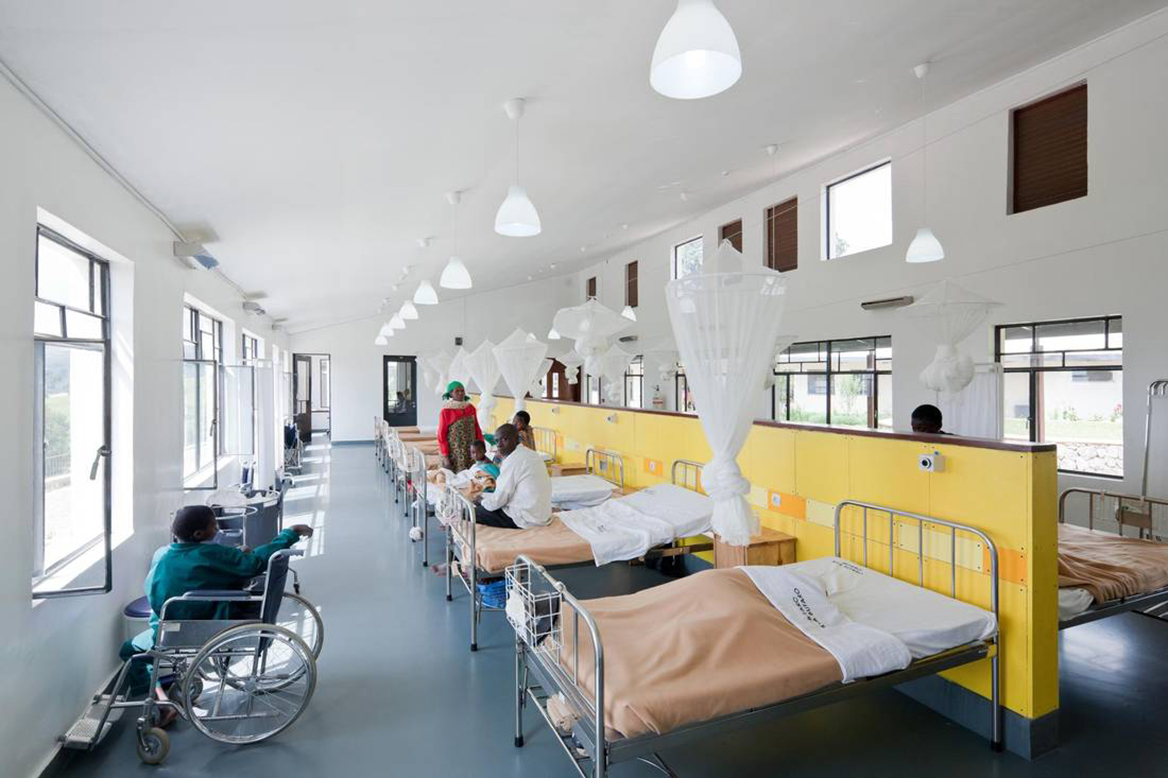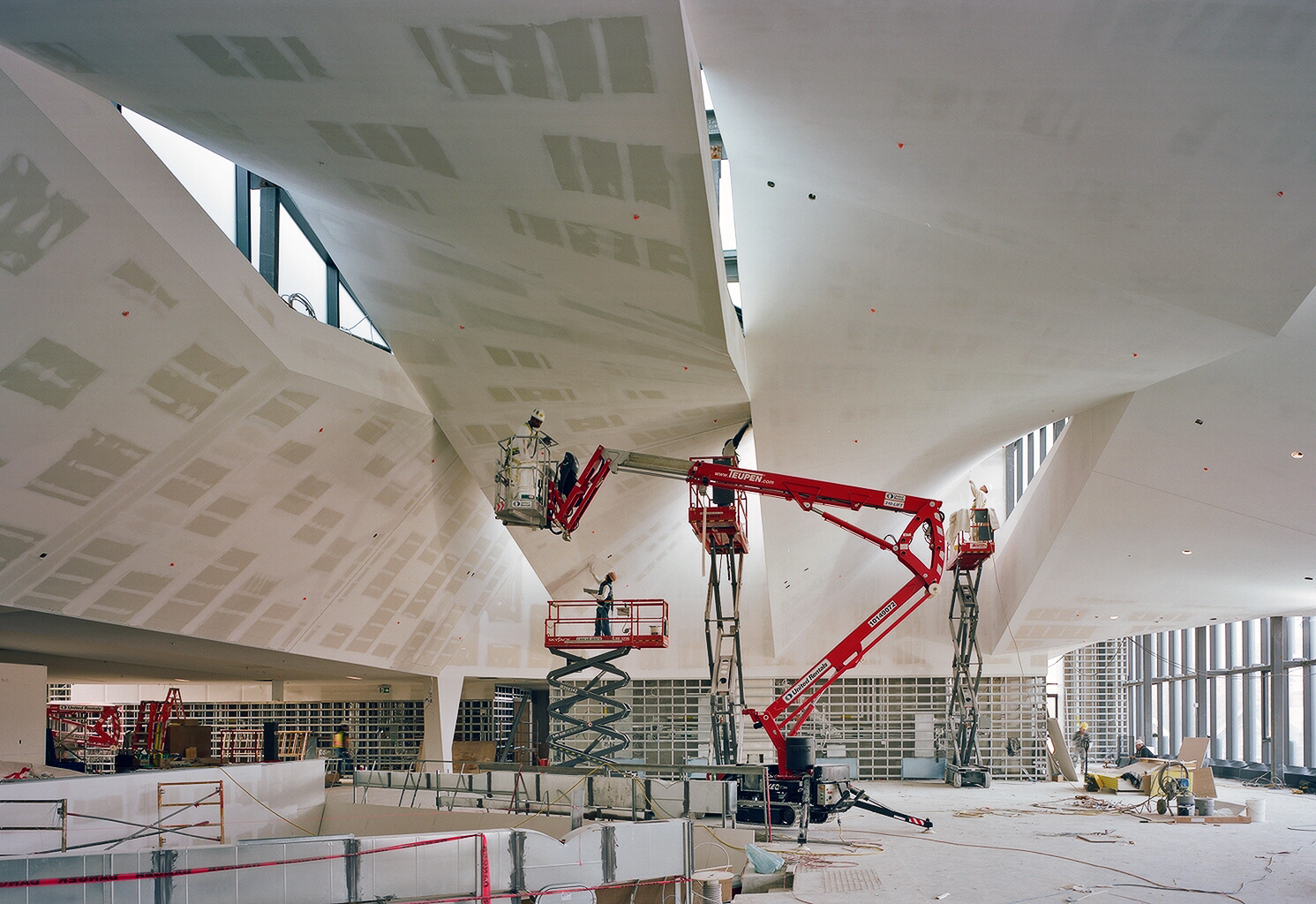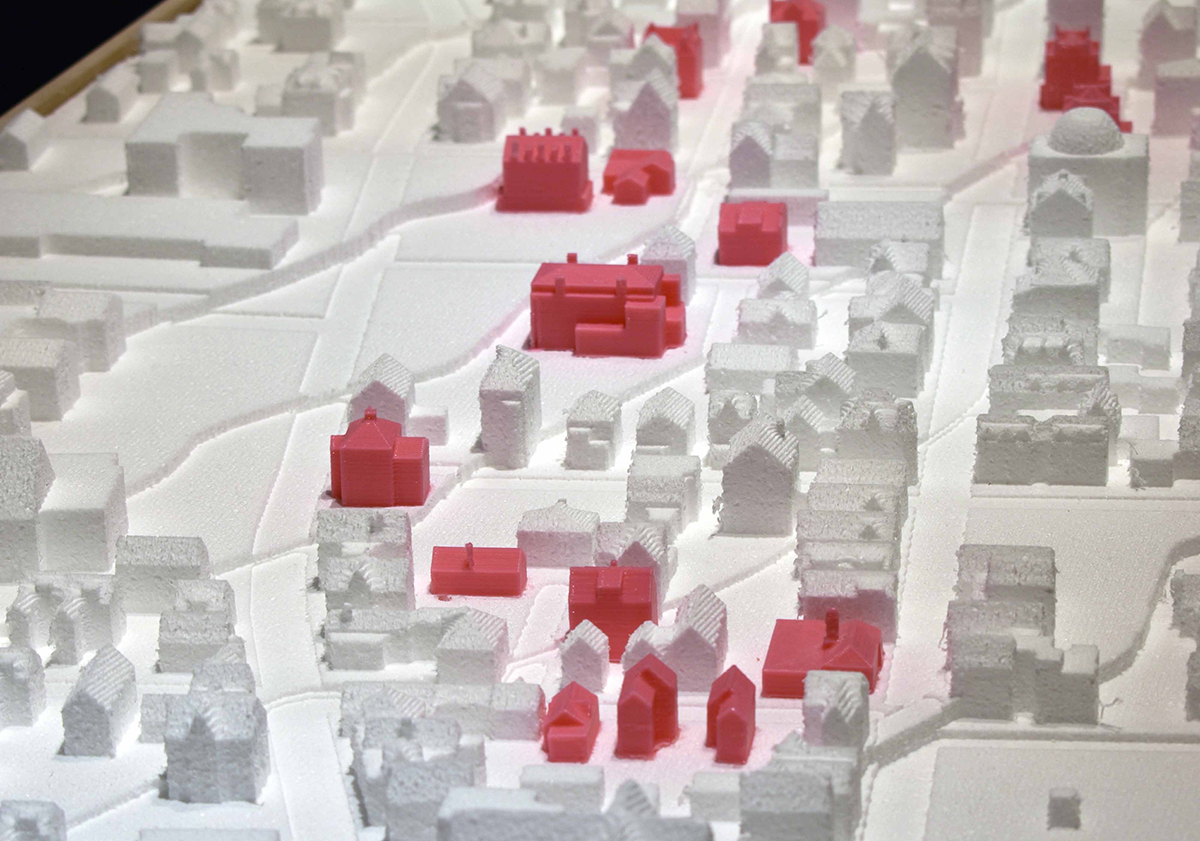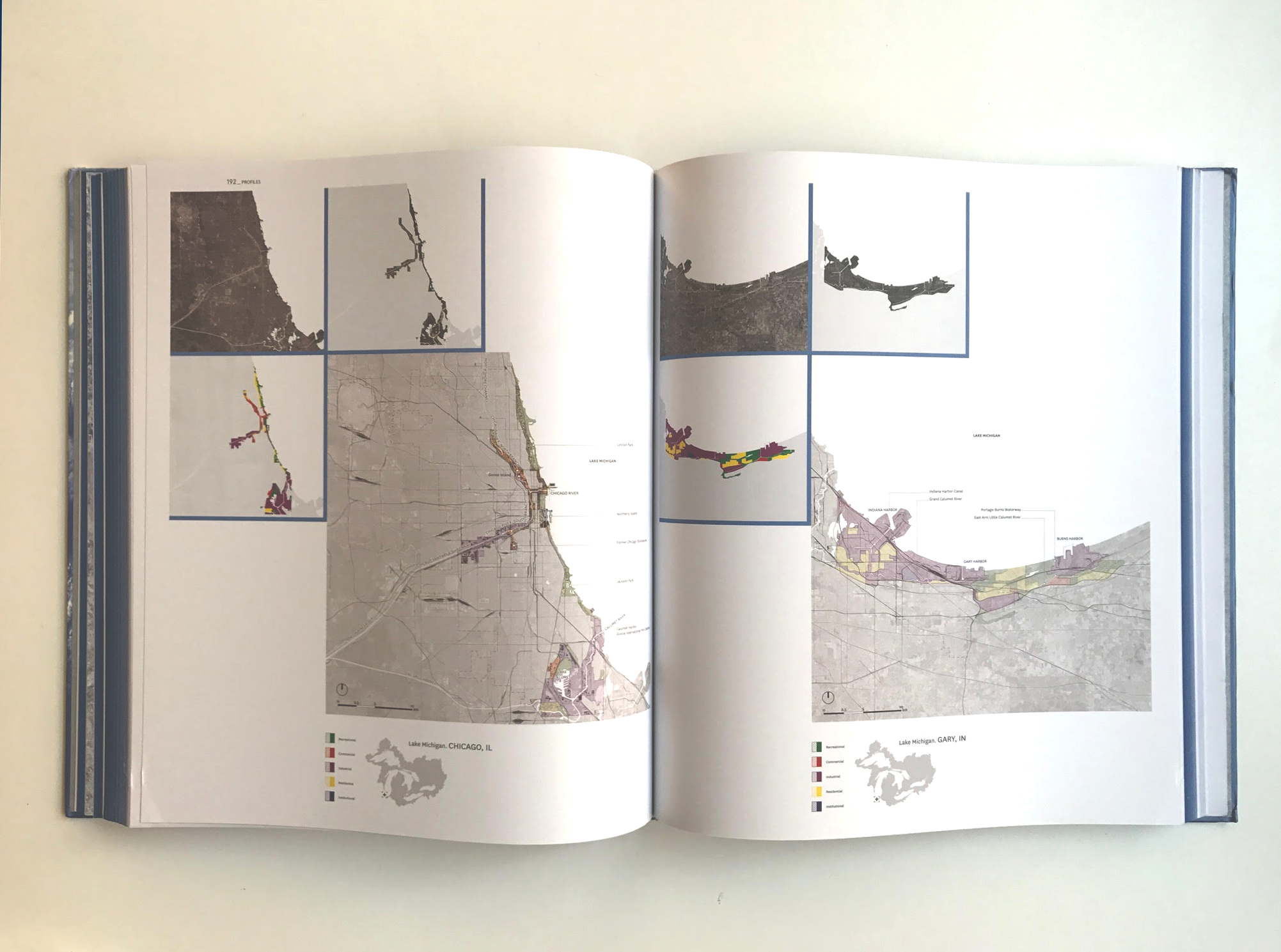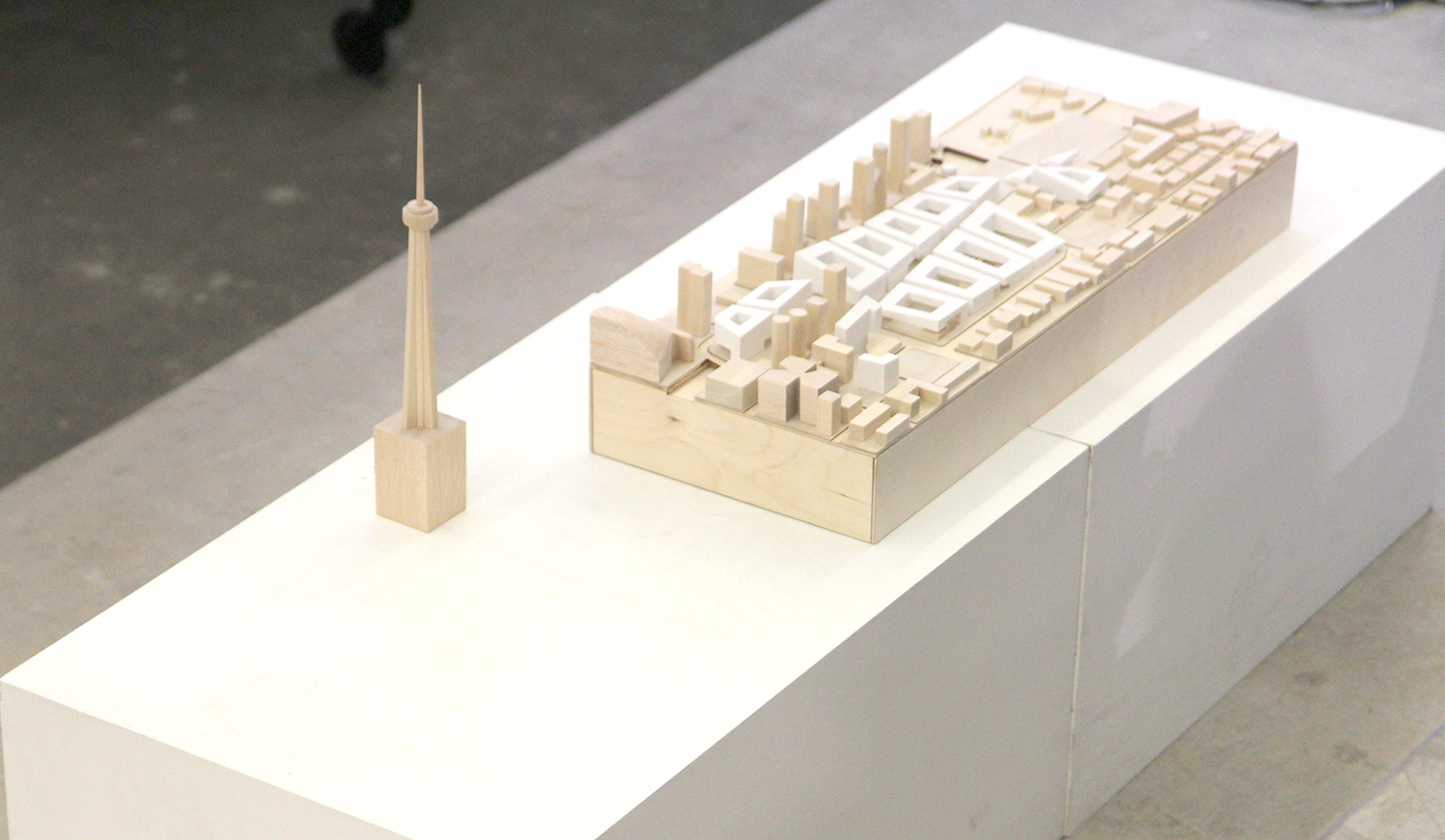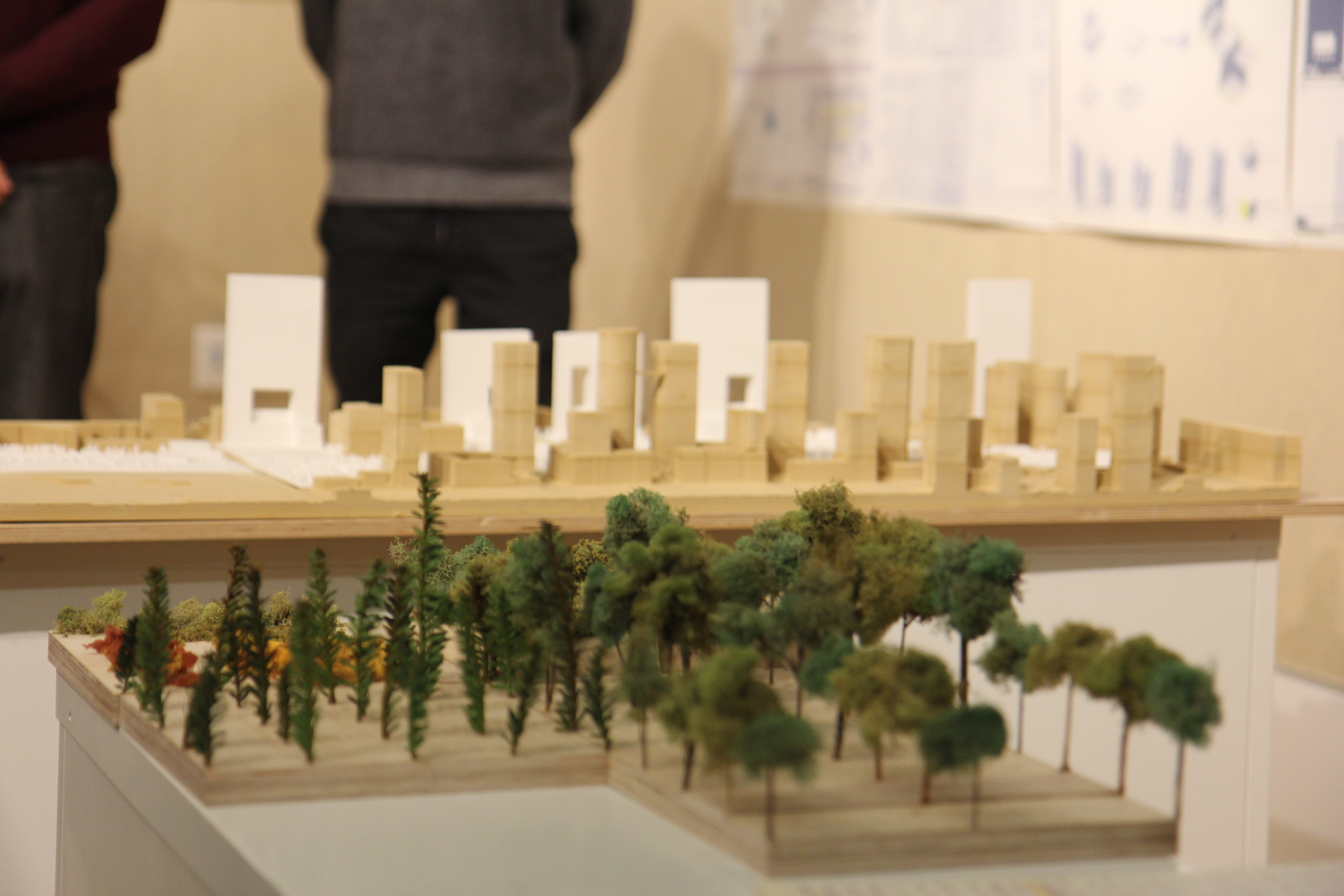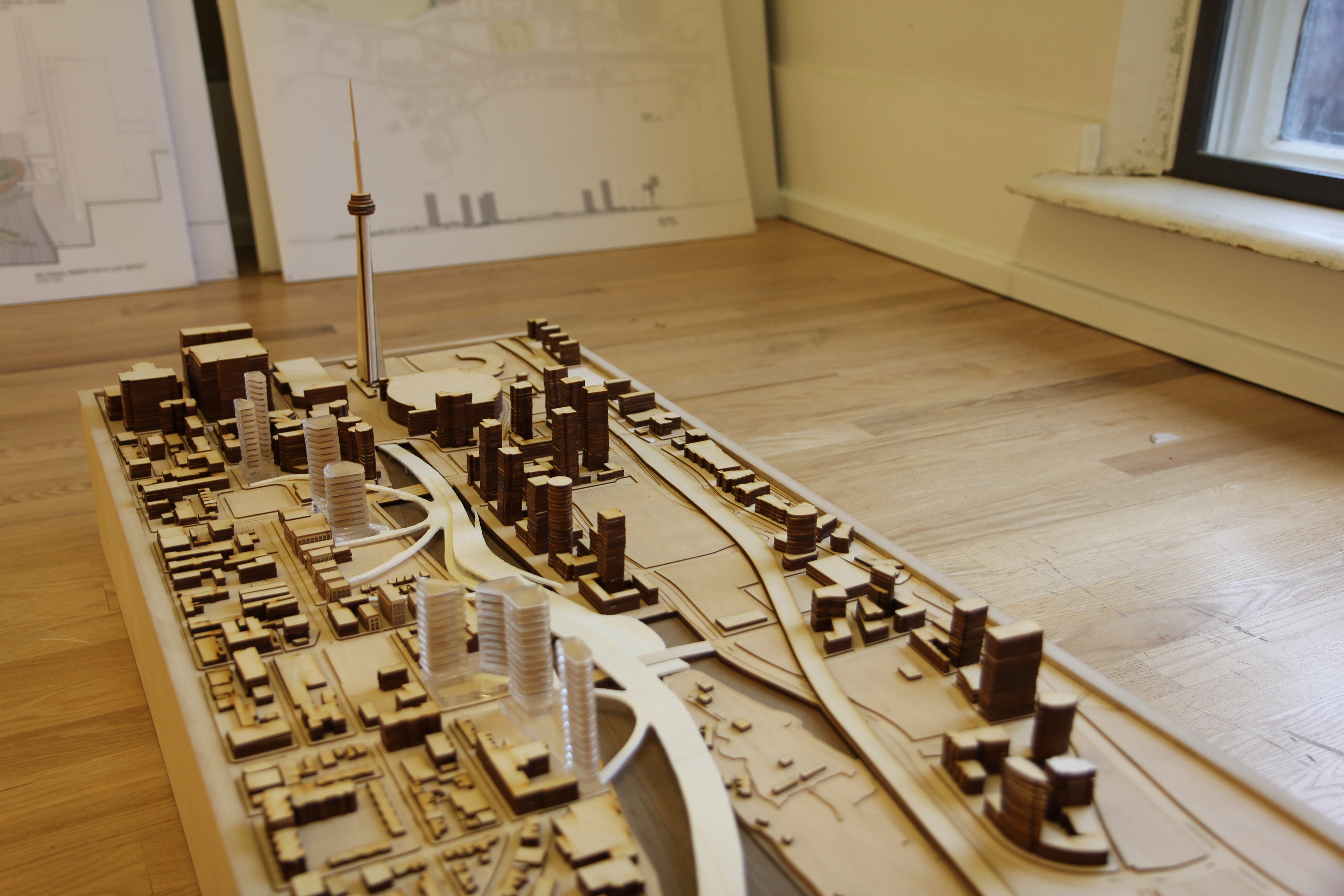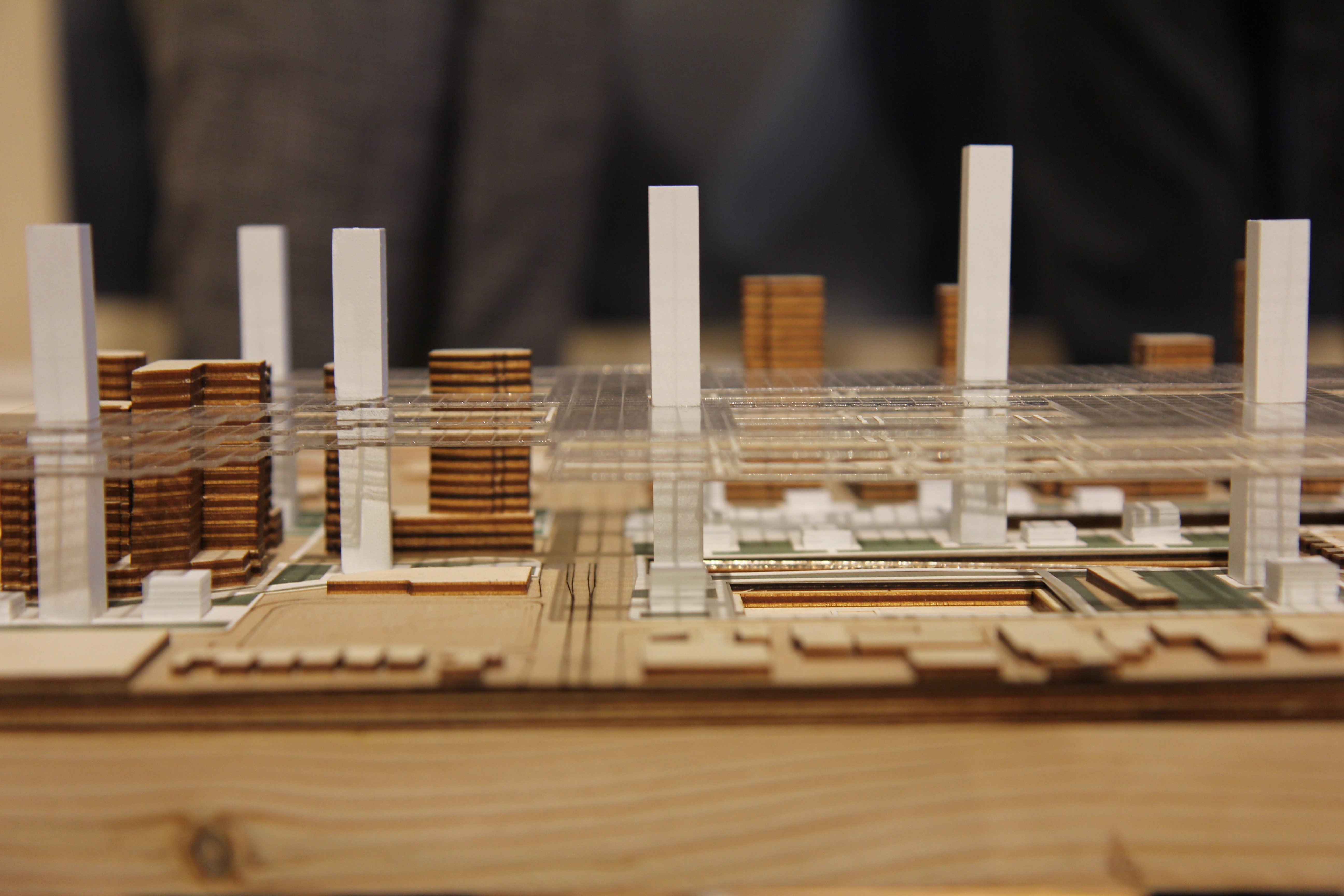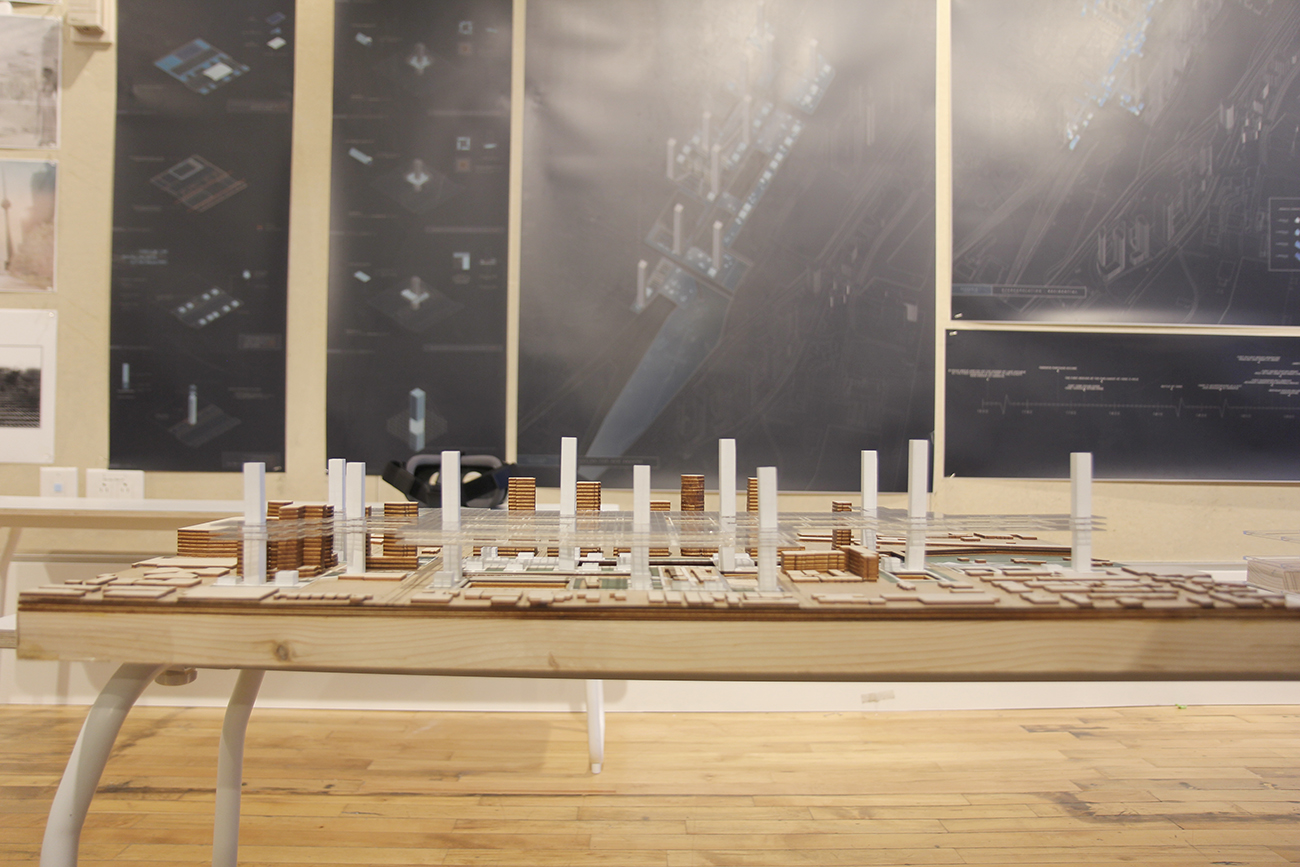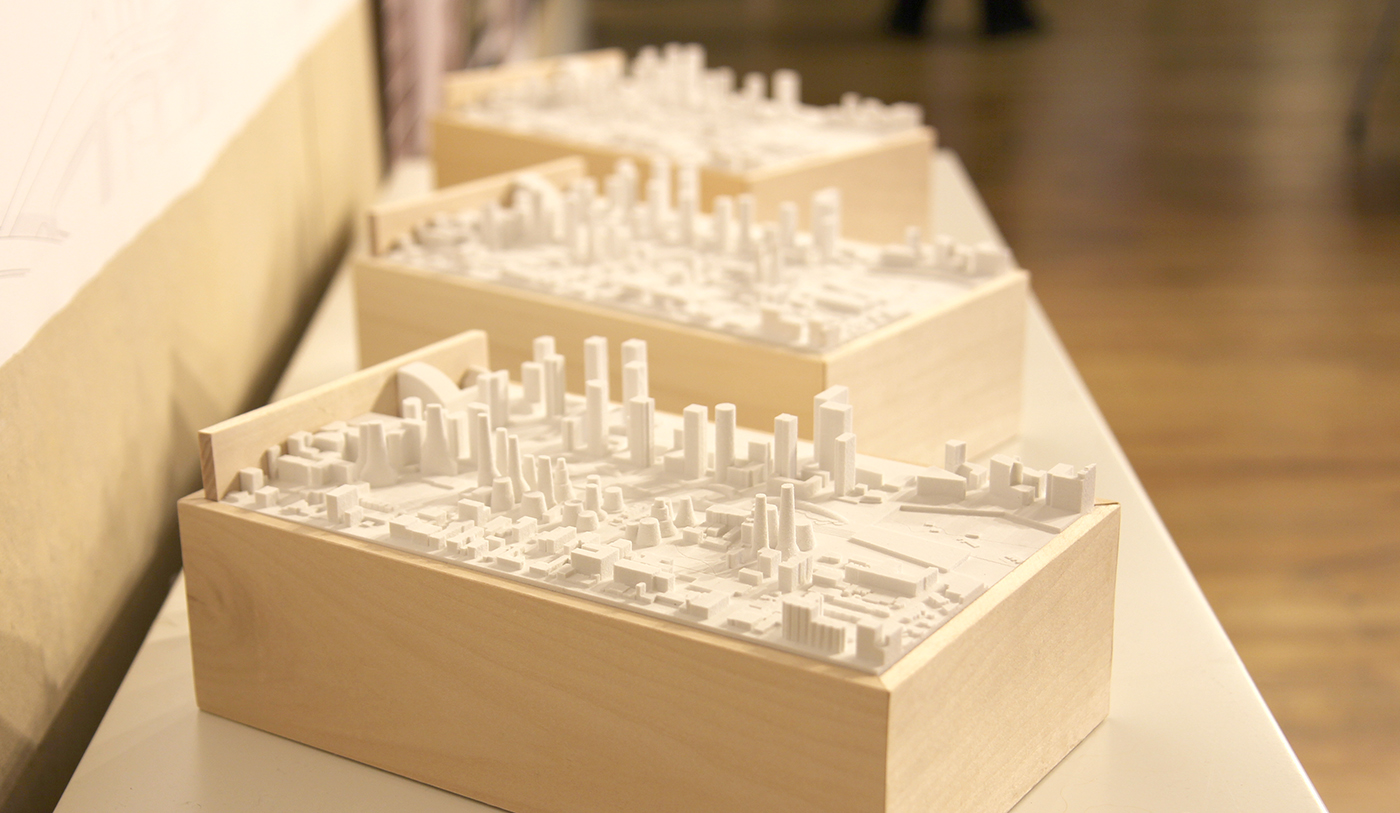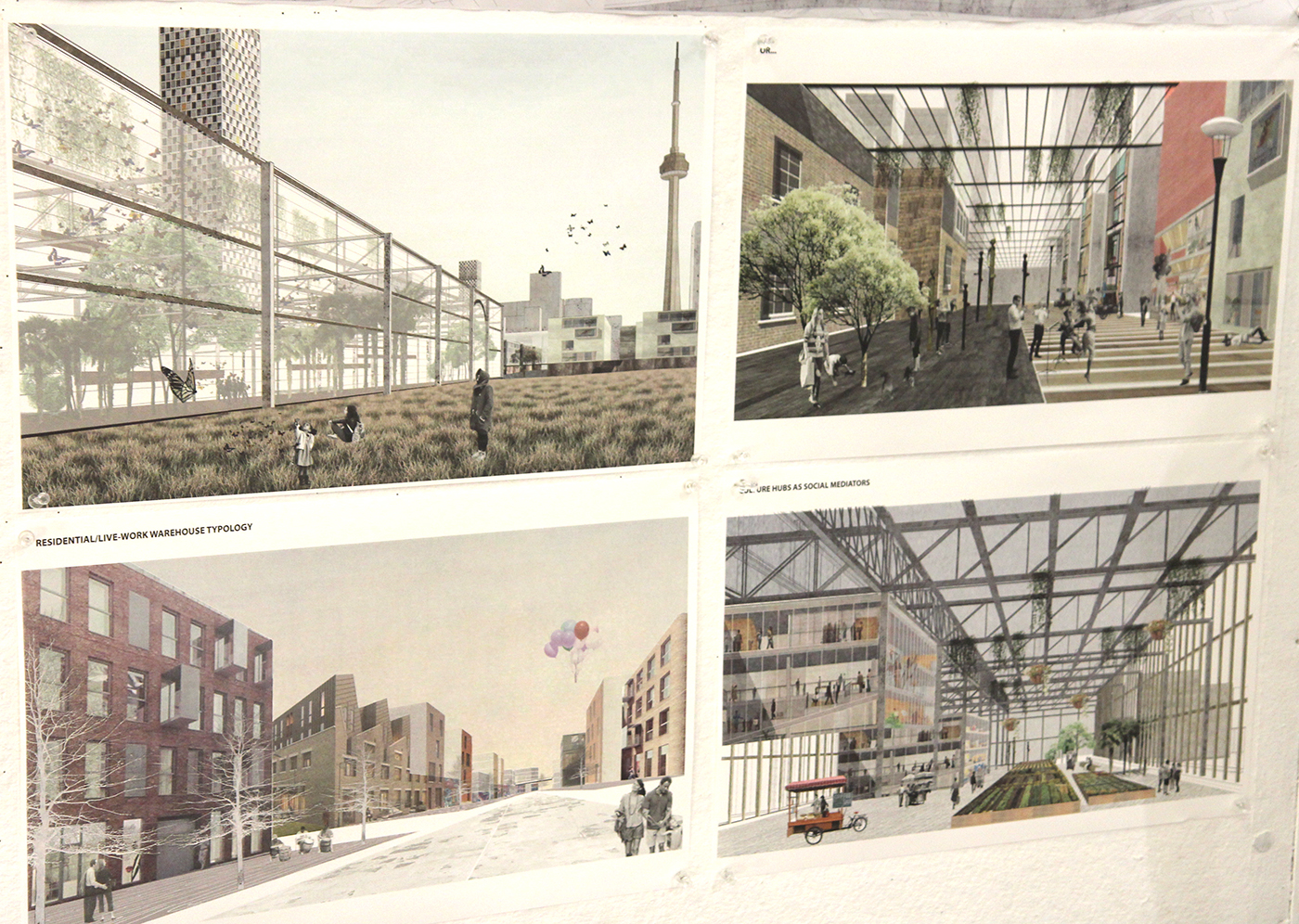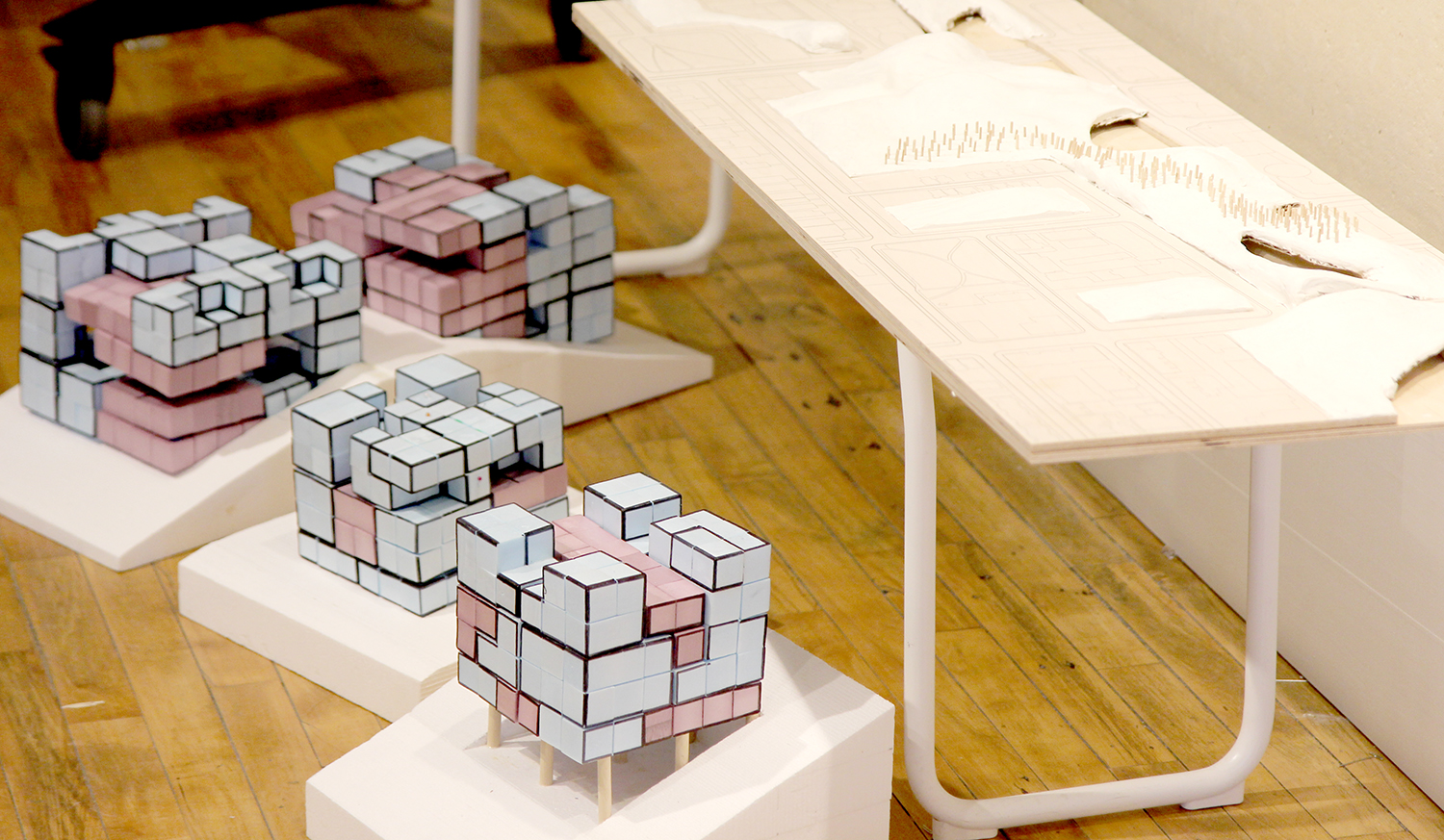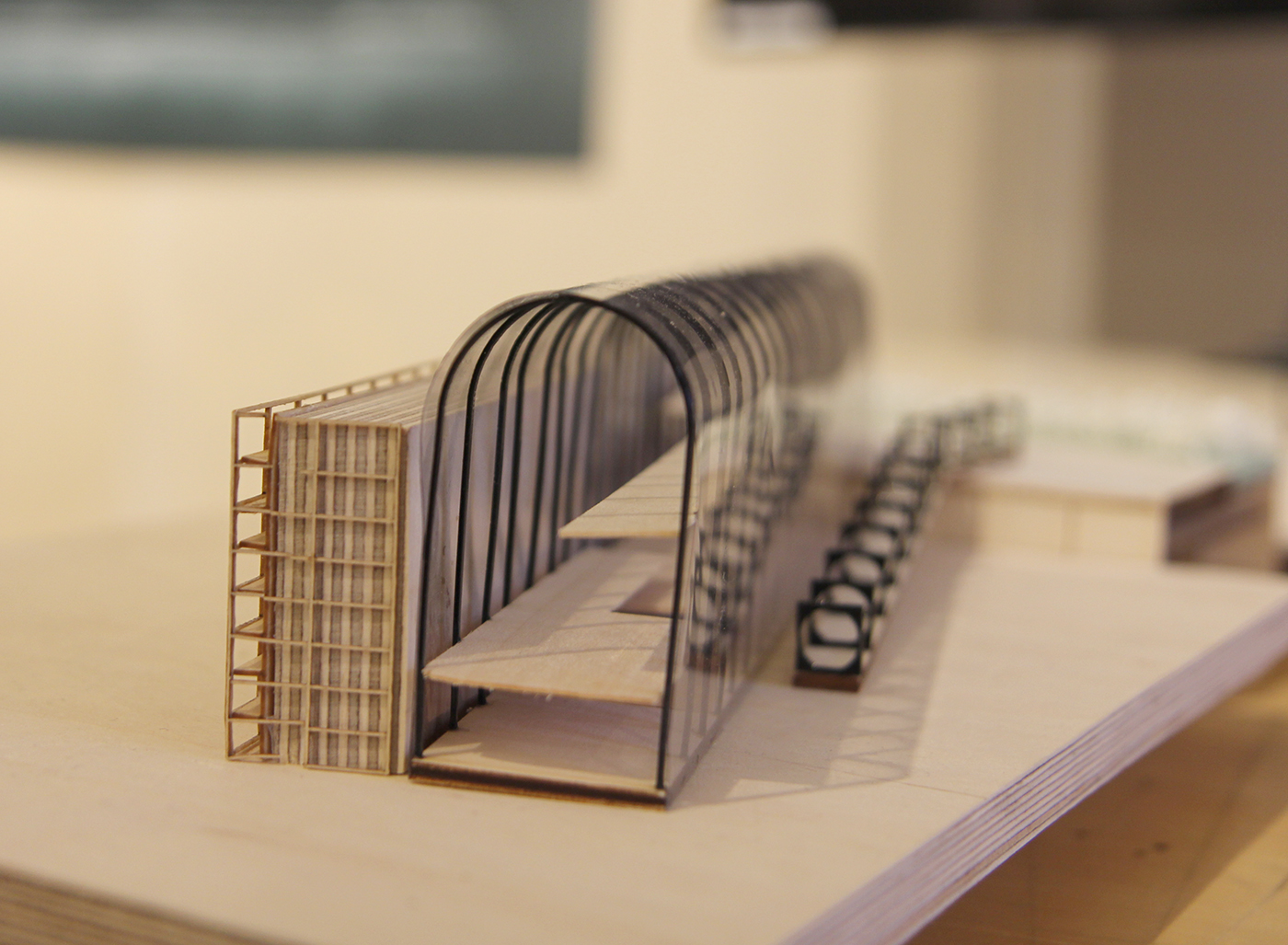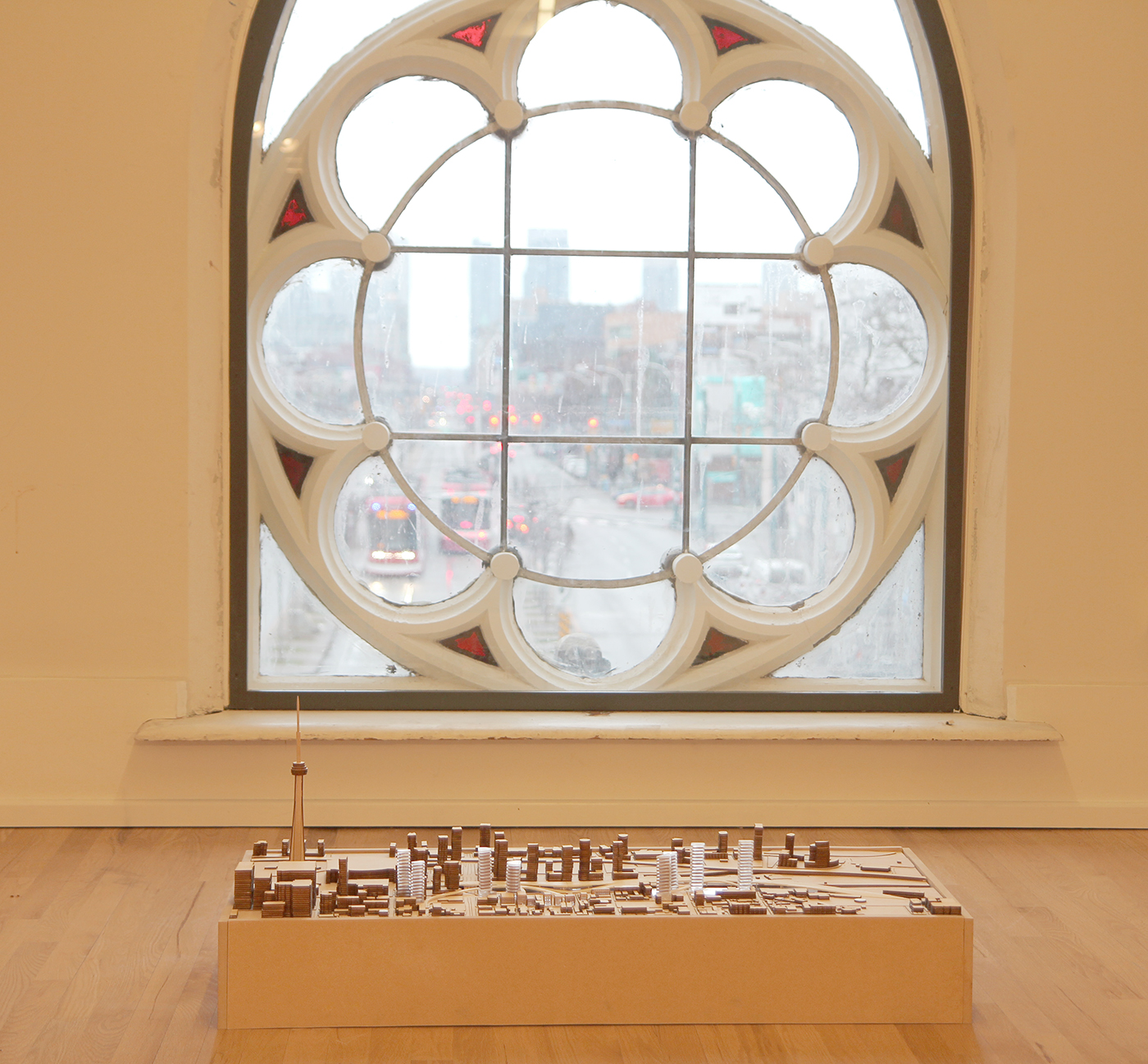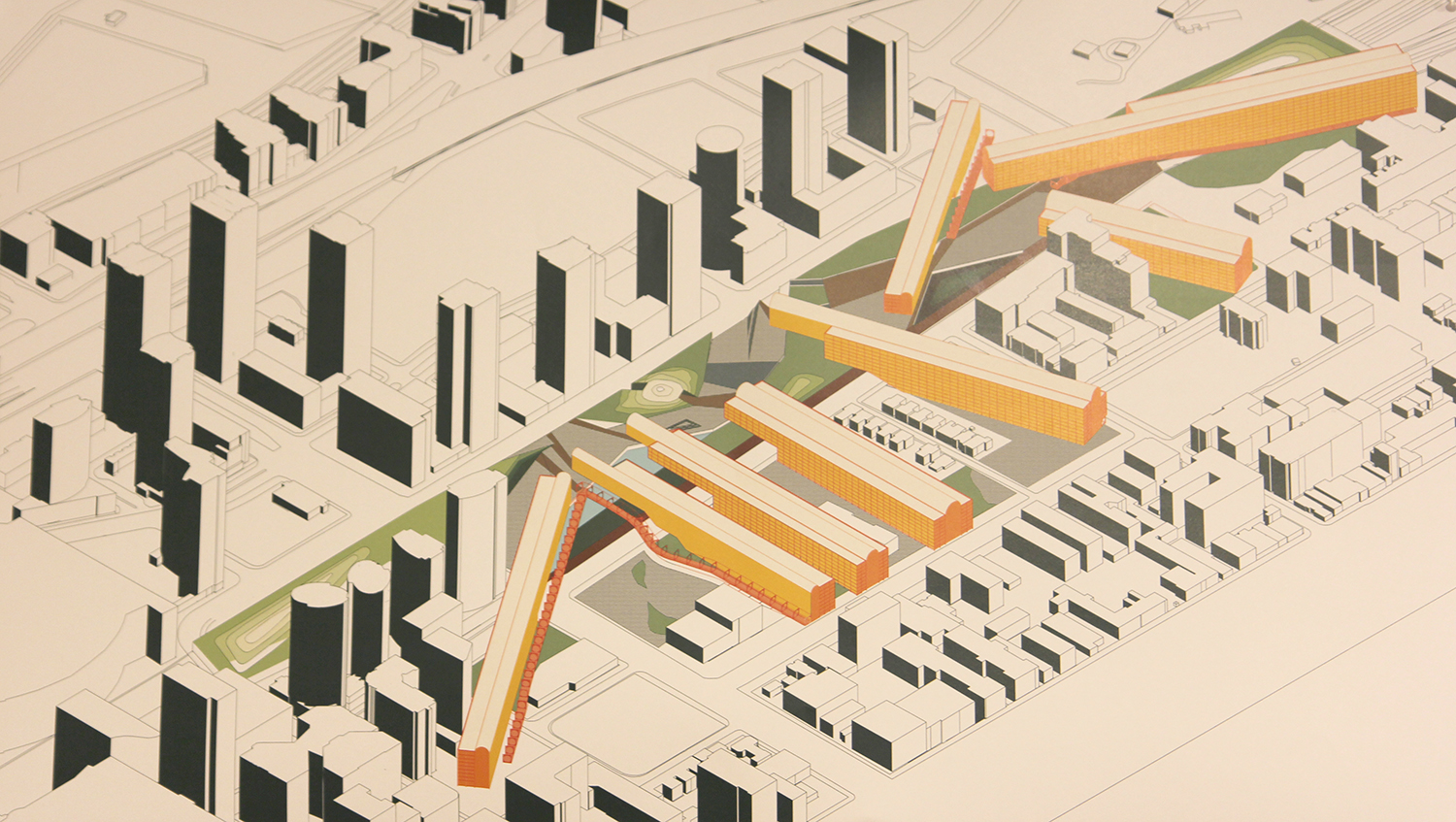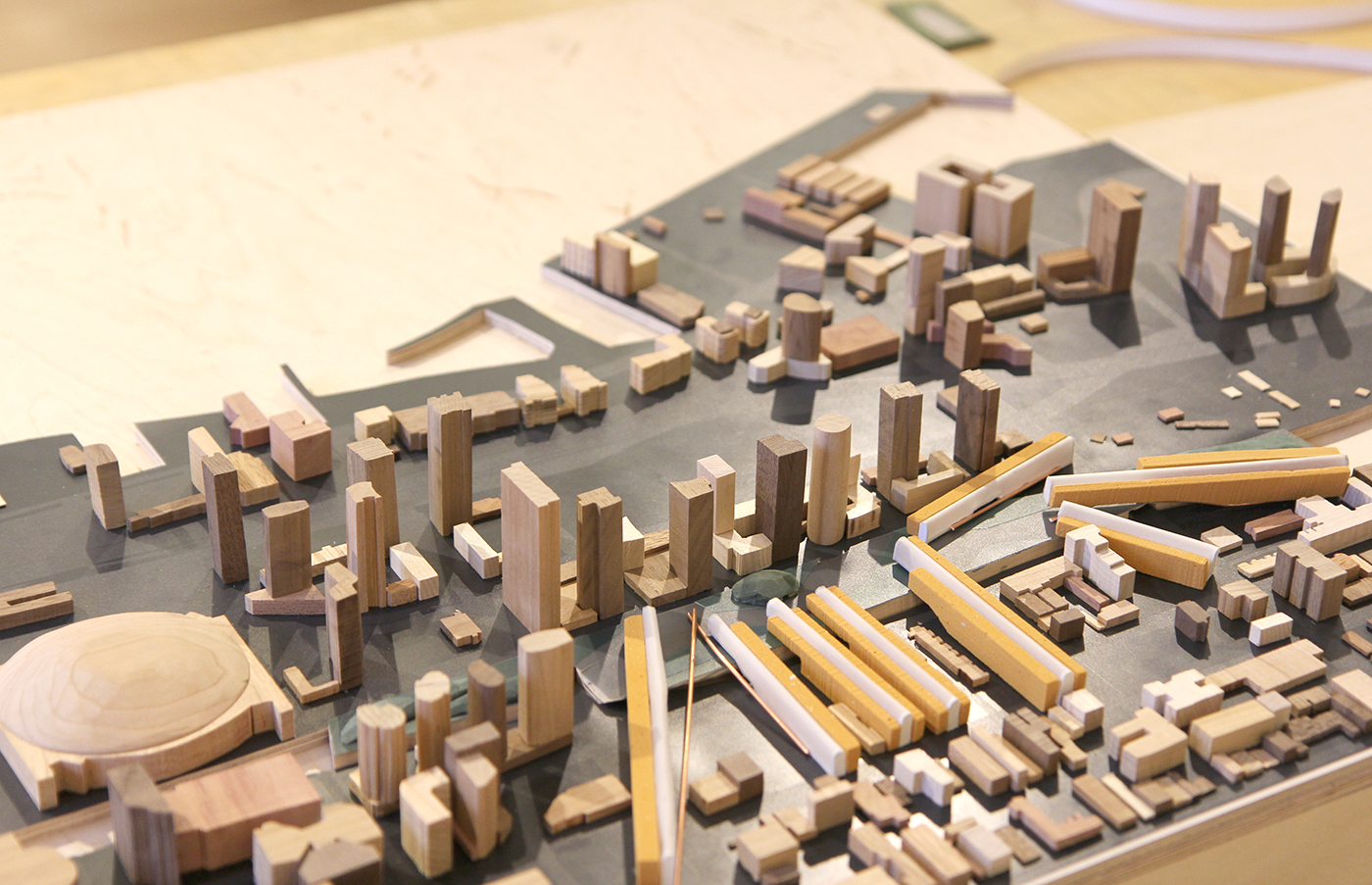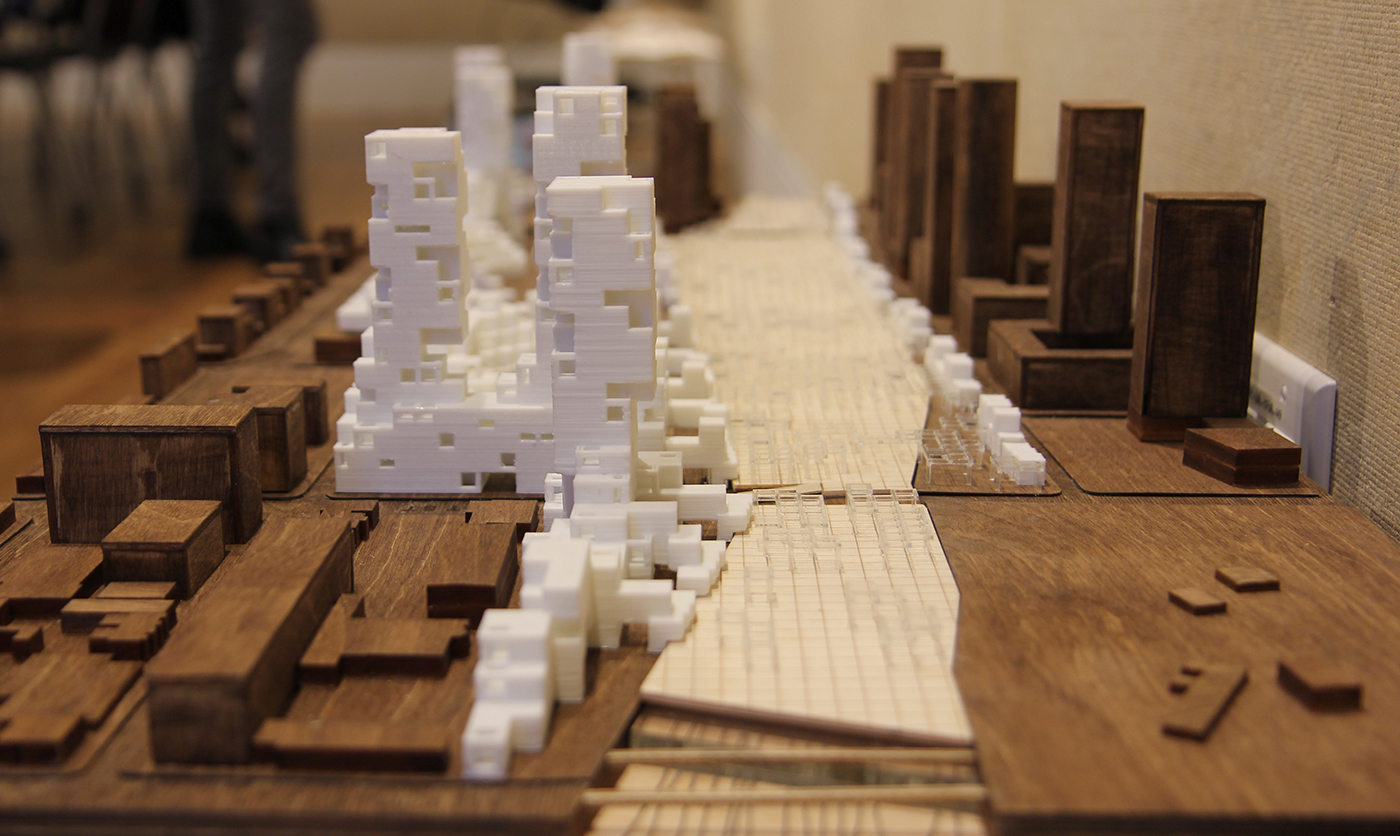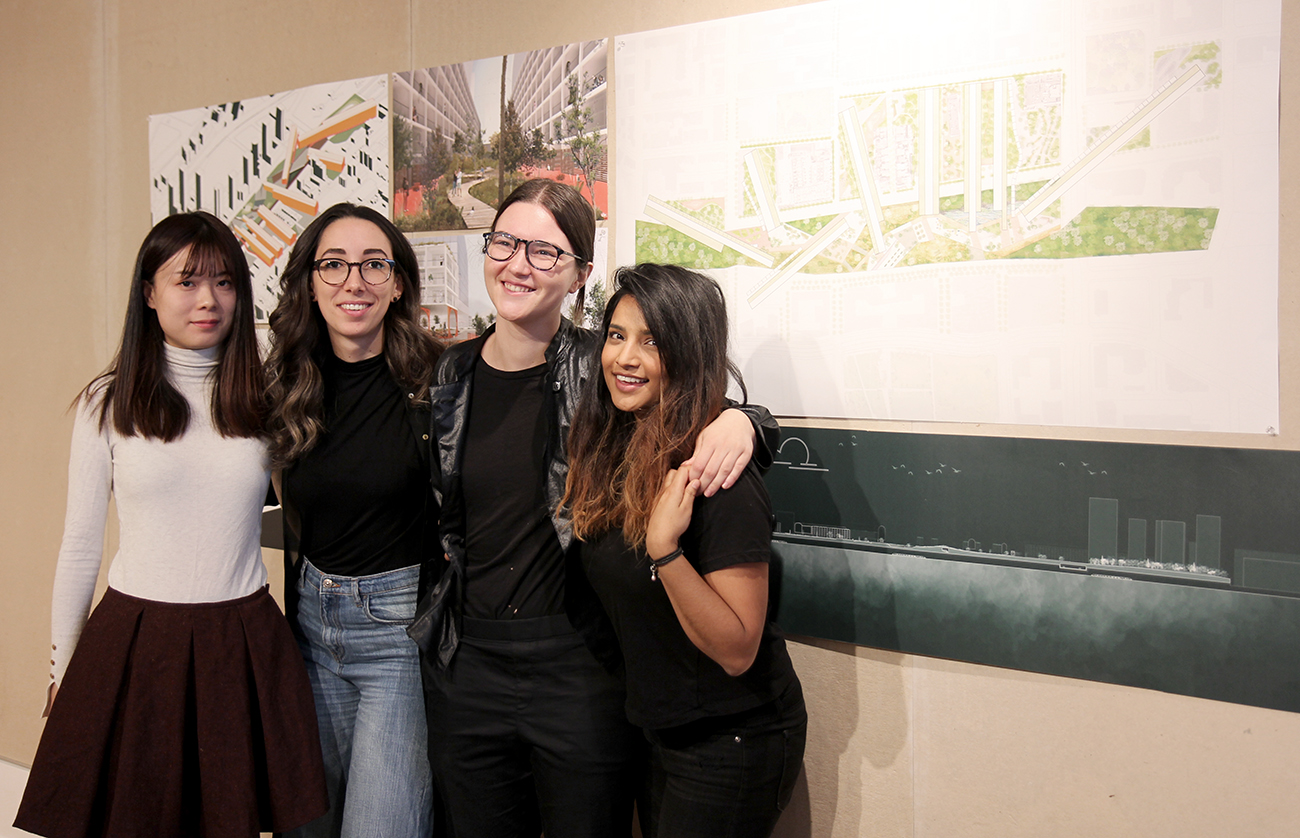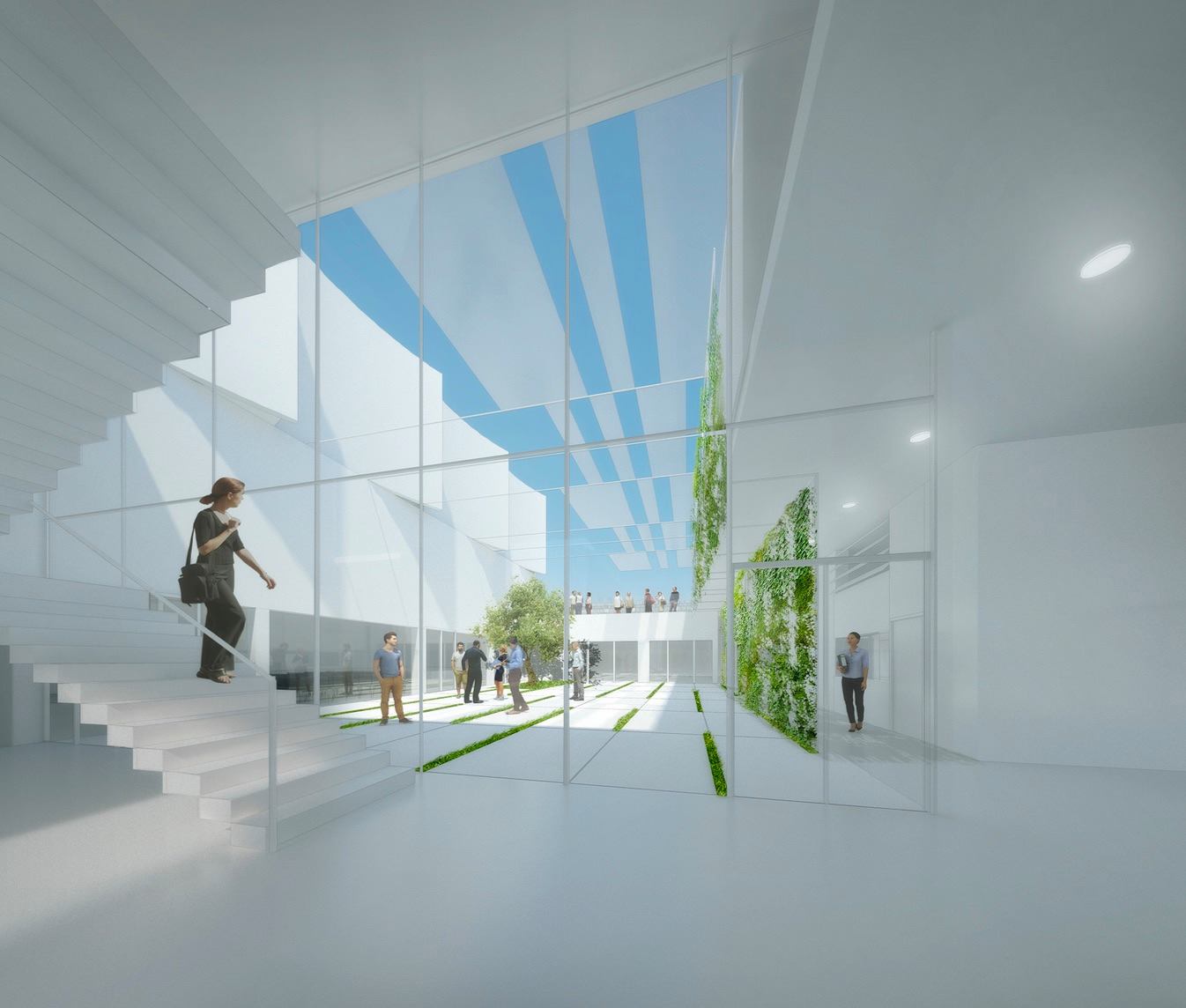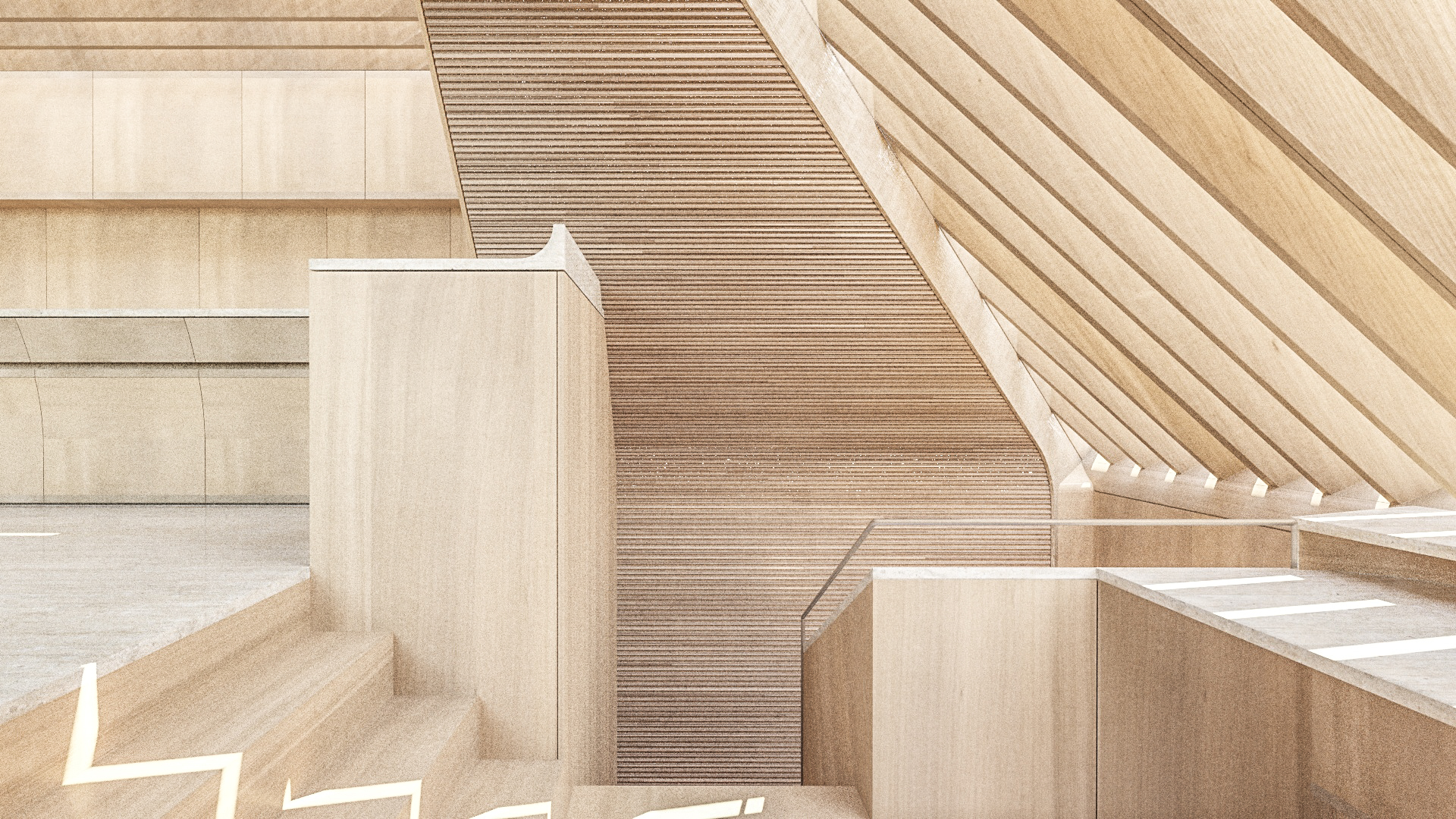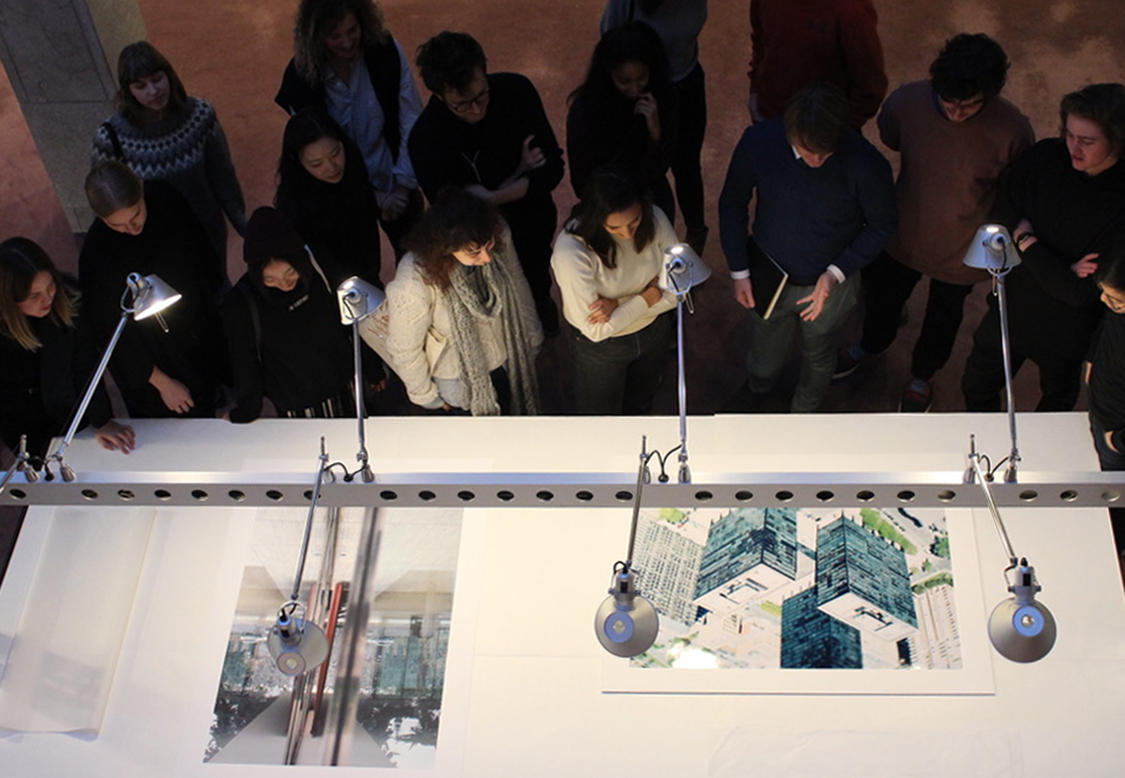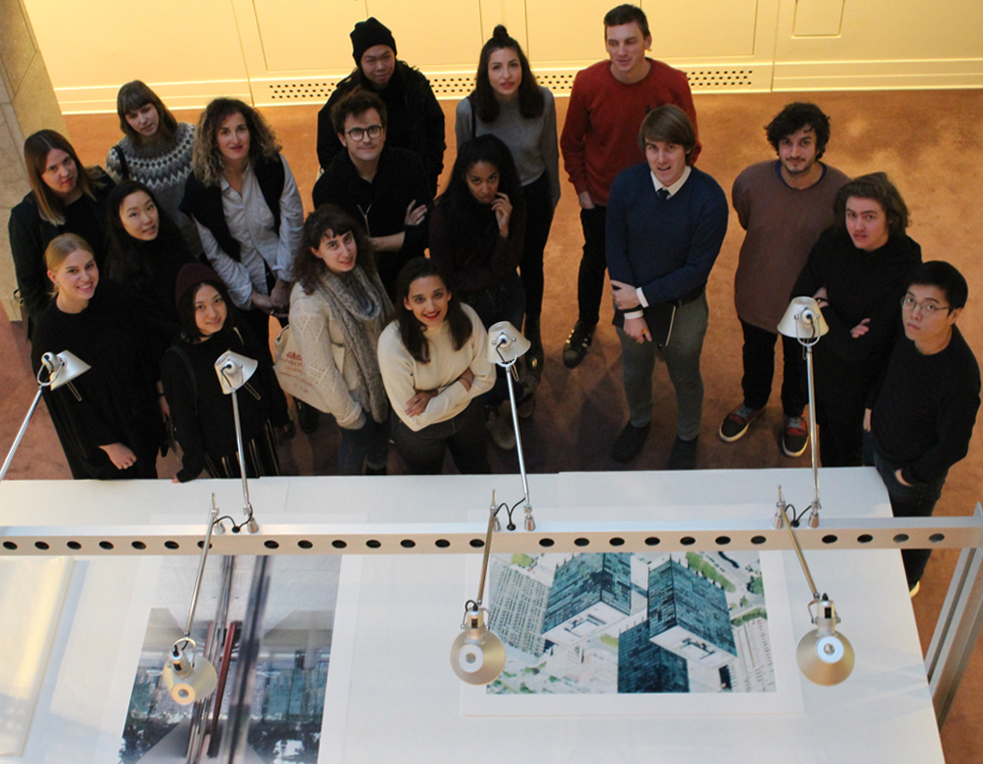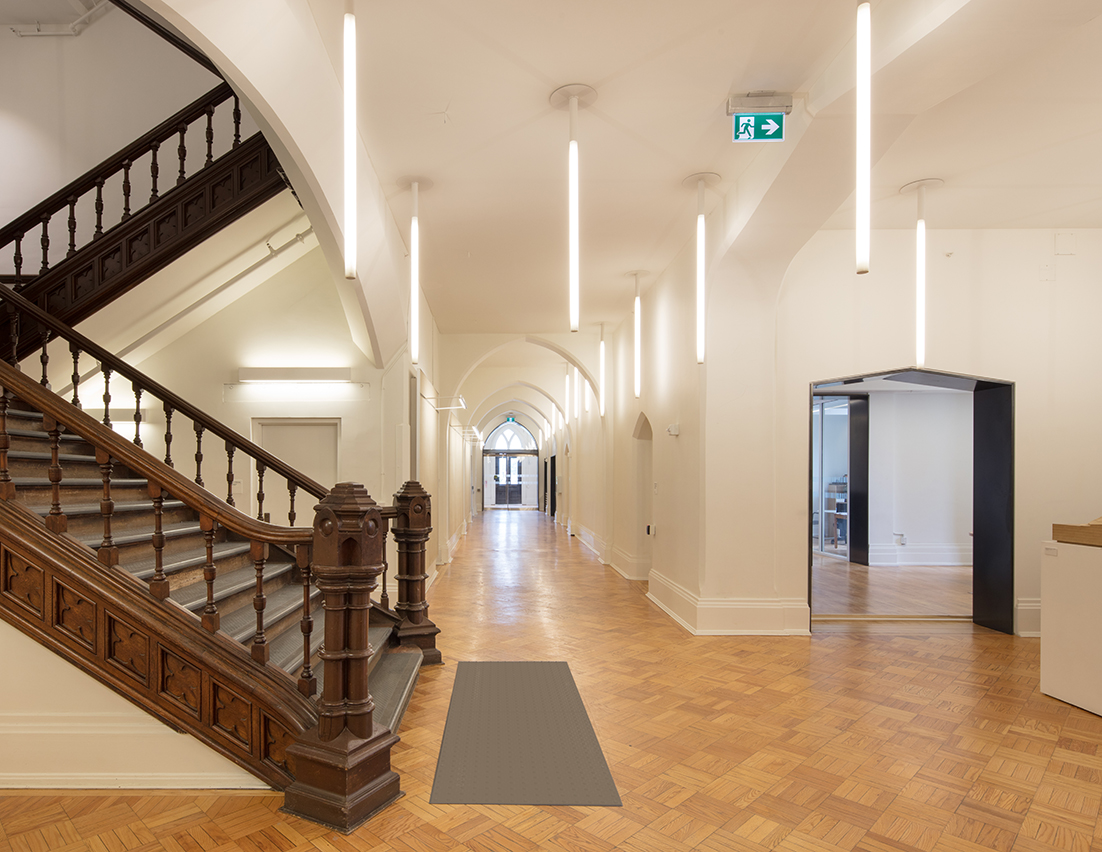
02.01.18 - Globe and Mail columnist Marcus Gee cheers for One Spadina's makeover
2017 was a historic year for the Daniels Faculty, as we moved from our previous home at 230 College Street to our new location at One Spadina Crescent, one of Toronto's most iconic sites. The finishing touches will be put on our new building this winter and spring, when construction on some key spaces — including our Principal Hall and Architecture and Design Gallery — is scheduled to wrap up.
In the meantime, Torontonians, including Globe and Mail columnist Marcus Gee, are taking note of the new Daniels Building and its place in the city.
"The new home for the University of Toronto's architecture school at 1 Spadina Crescent is the kind of little miracle that makes it possible to believe that Toronto really can have nice things after all," writes Gee.
Following a generous donation from developer and U of T architecture alumnus John Daniels and his wife, Myrna, the school had been named the John H. Daniels Faculty of Architecture, Landscape and Design. Prof. Sommer told U of T leaders that moving to Spadina Crescent would give the school a striking new home and the university new visibility on its western flank. After another Daniels donation, the project got the green light. Architects Nader Tehrani and Katherine Faulkner of NADAAA collaborated on the design along with heritage architects ERA and landscape architects Public Work.
The results are spectacular. The old Gothic revival building has been brought back to its former glory, its yellow-brick façade all cleaned up, its windows renewed, its wood floors sanded and polished. The school's new Eberhard Zeidler Library is there, with space for its rare-book collection. So is a new reading room, in the college's old refectory.
Behind the original building, at the north end of the site, stands a three-storey glass-walled addition with galleries, a meeting hall, high-tech fabrication workshop and a huge, airy design studio with views to the north.
Visit the Globe and Mail's website to read the full article.
Learn more about the Daniels Building at One Spadina here.


